
Selenicereus anthonyanus, Cactus Zig Zag o Raspa de Pescado.
Selenicereus anthonyanus. Genus Selenicereus. Family Cactaceae. Order Caryophyllales. Also known as. Rick rack cactus, Zig-zag cactus, St. anthony's rik-rak and Anacampseros.. #Selenicereus; Just a lil appreciation post for my #DragonFruit seedlings🥰 I started these from seed in May, and although they've severely slowed down their.

Cuidados com a planta Selenicereus anthonyanus ou Rainha da Noite Noticias De Jardim
Selenicereus anthonyanus (also known by its obsolete name, Cryptocereus anthonyanus) is a cactus species native to southern Mexico.It is grown as an ornamental because of its nocturnal flowers and unusual, leaf-like stems. Common names include fishbone cactus, rickrack cactus, zig-zag cactus and St. Anthony's rickrack, and is sometimes referred to as an orchid cactus.

Selenicereus anthonyanus, Cactus Zig Zag o Raspa de Pescado.
Selenicereus anthonyanus is a fast-growing epiphytic cactus with climbing stems. It branches in clusters at intervals along the stem. The unusual leaf-like branches are green, up to 3.3 feet (1 m) long, and 6 inches (15 cm) wide. They have up to 2 inches (5 cm) long and up to 0.5 inches (1.3 cm) wide lobes tapered towards the rounded apex.
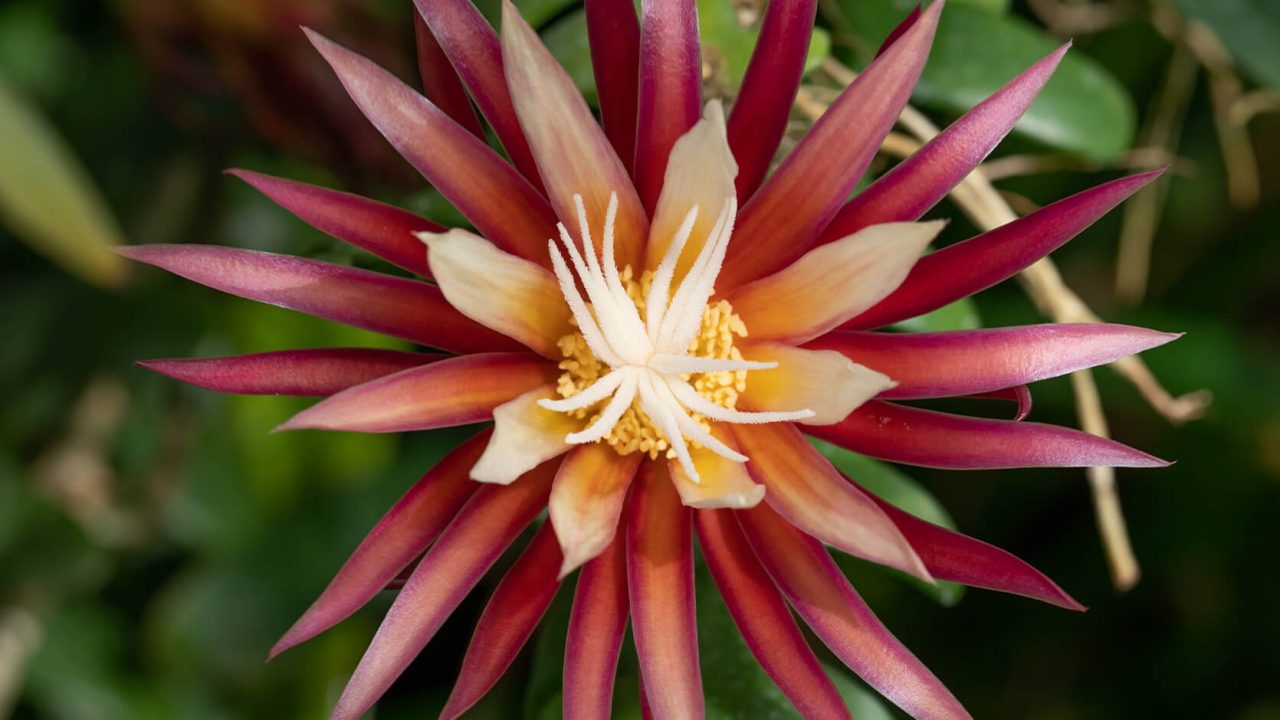
Fishbone Cactus (Selenicereus anthonyanus)
La Selenicereus anthonyanus, comúnmente conocida como Reina de la noche, es una planta suculenta de la familia de los cactus. Es originaria de las regiones tropicales de México y se caracteriza por sus flores nocturnas de color blanco cremoso y fragancia intensa. Te brindaremos información sobre el cuidado y mantenimiento de esta hermosa planta.

Cactosianinha (Selenicereus Anthonyanus) Flores Cultura Mix Night Blooming Flowers, Night
Origin and characteristics of Selenicereus anthonynus. El Selenicereus anthonynus, known as queen of the night, is a species of cactus native to southern Mexico.It has characteristic green, lobed, almost flat stems that can measure up to 1 or 1 meters long..These are perennial, but this does not mean that they always remain on the plant, but rather that as new ones come out, it is normal for.

Ficha del Selenicereus anthonyanus características, riego, abonado y más Ciber Cactus
Selenicereus anthonyanus is one such succulent that can immediately start conversations for its beauty. This fascinating cactus variety has multiple common names that include Fishbone cactus, Ric rac cactus, and zig-zag cactus. These names resemble the unique shape and pattern of its leaves along a mid-spine that appears like a fish bone. Apart from these common names, it is also known as.
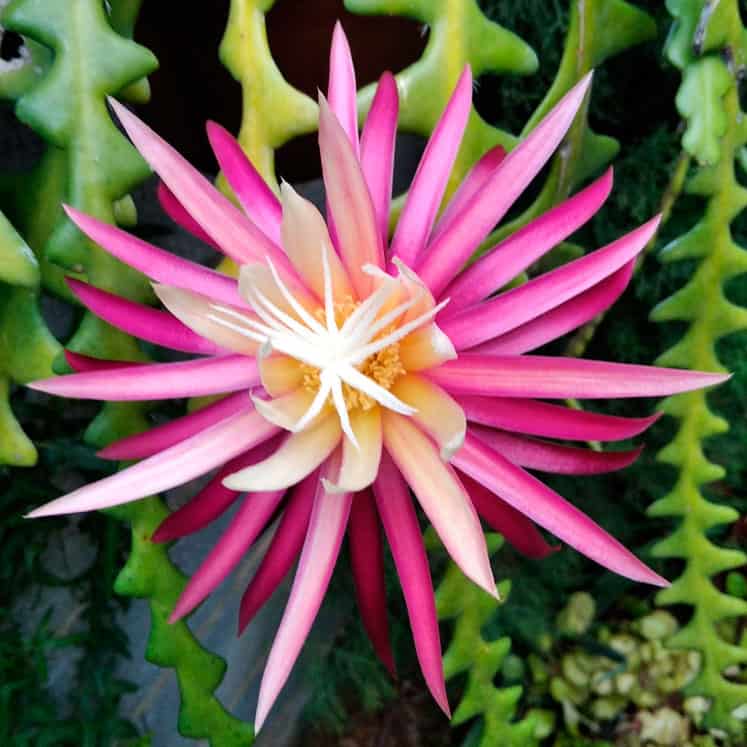
Selenicereus Anthonyanus Th Suculentas
One way is by taking cuttings from the main plant. Cut a healthy stem that's about 4-6 inches long and allow it to callous over for a few days before potting it up in well-draining soil. Keep the cutting in a warm, bright spot and water it when the soil starts to dry out. Another method is by seeds.

Selenicereus anthonyanus Biology
Un cactus epífito, originario del sur de México-Centro América.Se adapta muy bien al clima del nordeste de Argentina.En este vídeo aportamos nuestra experien.
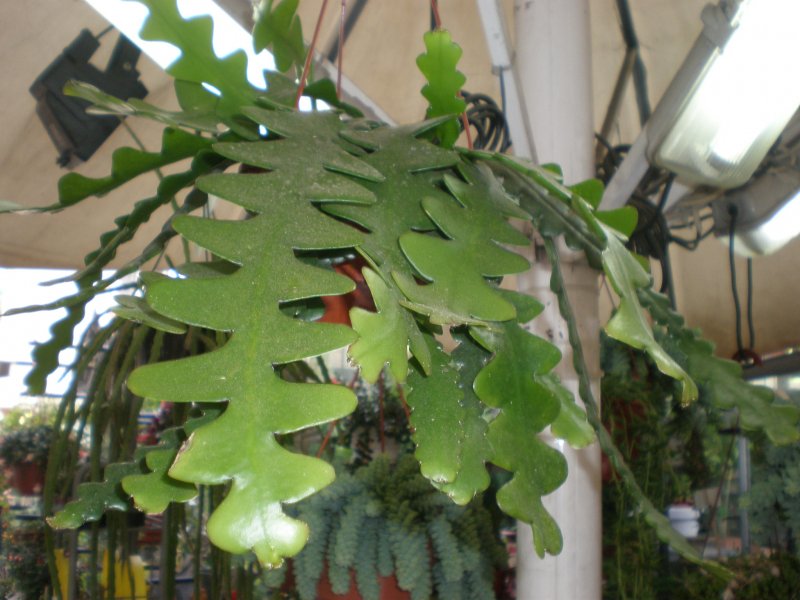
Selenicereus anthonyanus o Reina de la noche Cuidados
The ideal temperature range for growing Selenicereus anthonyanus is between 60-75°F (15.5-24°C). They're not very tolerant of extremes on either end. Anything below 50°F (10°C) will slow down the growth, while 40°F (4.4°C) or colder can lead to damage, and freezing temperatures will kill the plant.
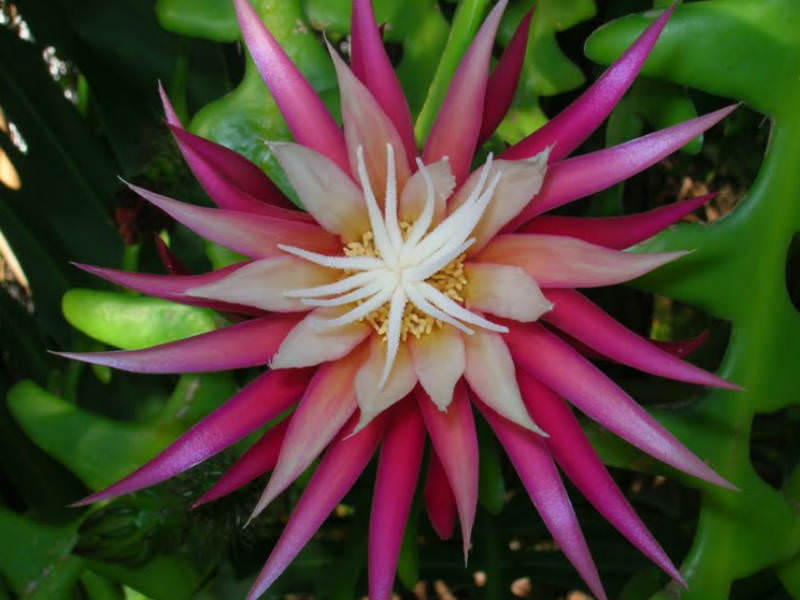
Como cultivar o Cactosianinha (Selenicereus anthonyanus) PlantaSonya O seu blog sobre
Cuidados de la planta de interior Selenicereus anthonyanus o Reina de la noche: En la familia de las Cactaceae se incluye el género Selenicereus integrado por unas 20 especies de cactus epífitos originarios del Caribe, Centro y Sudamérica. Algunas especies son: Selenicereus anthonyanus, Selenicereus grandiflorus, Selenicereus hamatus, Selenicereus validus, Selenicereus spinulosus.

Cultura Guaraní Selenicereus anthonyanus Reina de la noche
Cuidados básicos del cactus serrucho (Selenicereus anthonyanus).
Recregarden SELENICEREUS ANTHONYANUS VUELVE A FLORECER
Selenicereus Anthonyanus needs 0.8 cups of water every 12 days when it doesn't get direct sunlight and is potted in a 5.0" pot. Use our water calculator to personalize watering recommendations to your environment or download Greg for more advanced recommendations for all of your plants. Water 0.8 cups every. 12 days.
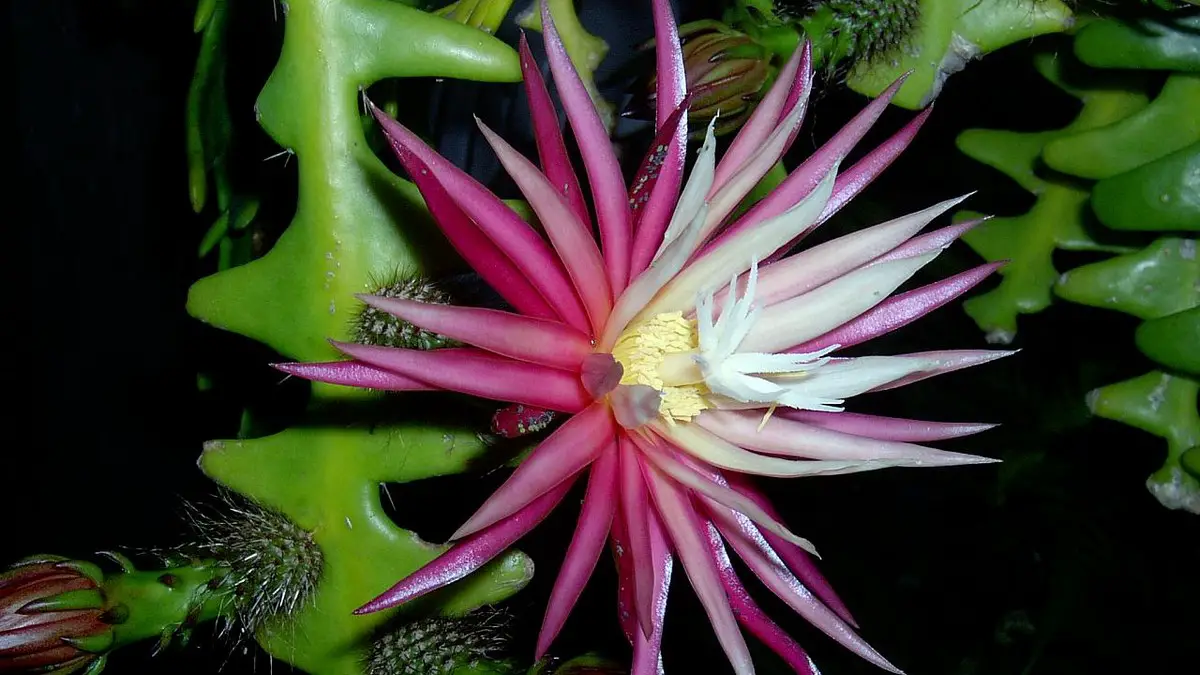
Selenicereus anthonyanus Entretien, culture, floraison Cactus Encyclo
Selenicereus anthonyanus (Alexander) D.R.Hunt (formerly Cryptocereus anthonyanus) is a perennial climbing succulent, forming branches in clusters. The stems are flat, like an Epiphyllum, but with alternate projections on each side. The stems can grow up to 50 cm or more, and often curved downwards. It is very difficult to get to bloom, but if one is lucky the results are spectacular, the.
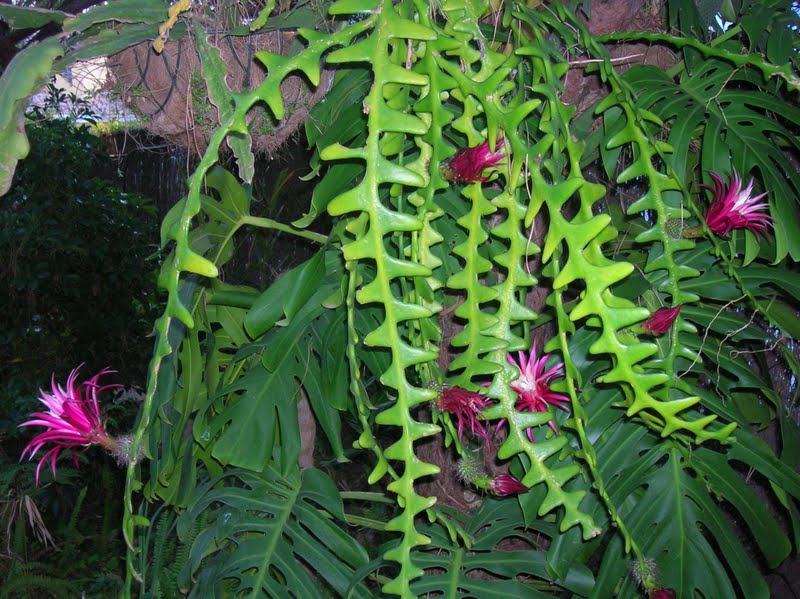
Saiba como cuidar do Cactosianinha (Selenicereus anthonyanus) PlantaSonya O seu blog sobre
4.2. Selenicereus Anthony (Selenicereus anthonyanus) 4.3. Selenicereus hamate (Selenicereus hamatus) Care selenicereus at home. Unusual cactus is not too common in the home culture. Because the original form of the shoots care selenicereus at home may seem very difficult, but subject to the conditions of detention he will not bring a lot of.

Ficha del Selenicereus anthonyanus características, riego, abonado y más Ciber Cactus
Fish Bone Cactus (Selenicereus anthonyanus) - Cactus Plants. Fish Bone Cactus (Selenicereus anthonyanus) is an ornamental plant because of its nocturnal flowers and unusual, leaf-like stems. It is a fast-growing, epiphytic, scandent or climbing cactus that branches along a notched narrow stem. It produces green, up to 1 m long and up to 15 cm.
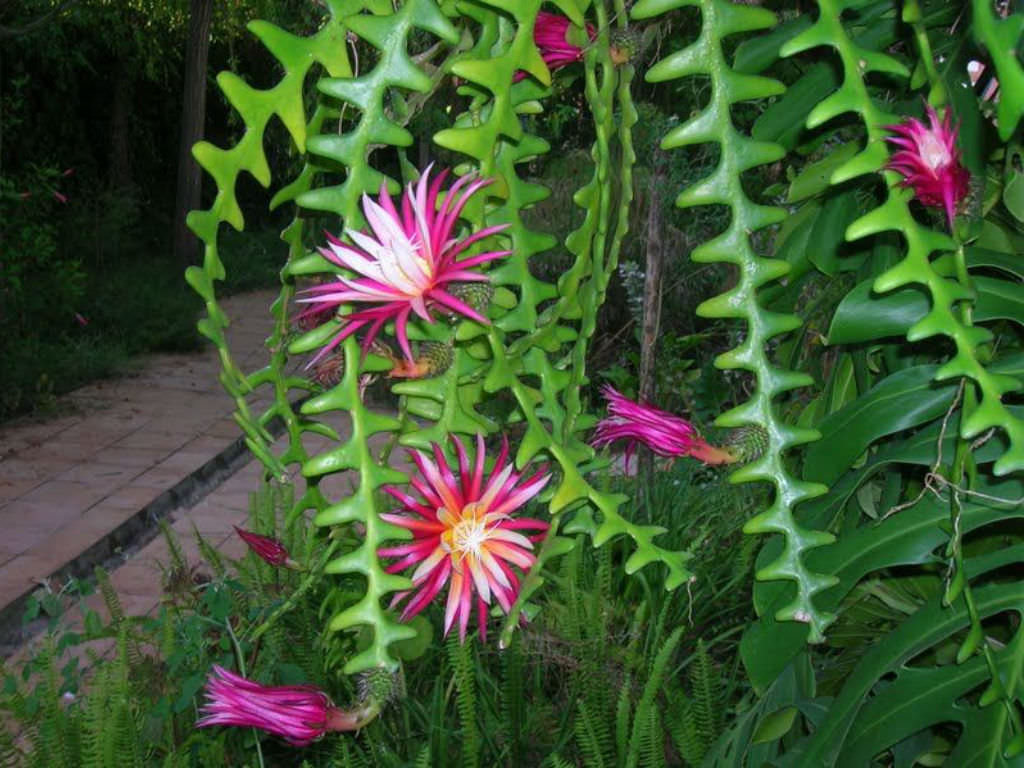
Selenicereus anthonyanus World of Succulents
Description: Selenicereus anthonyanus (formerly Cryptocereus anthonyanusSN|10701]]SN|10701]]) is a perennial climbing succulent, forming branches in clusters.The stems are flat, like an Epiphyllum, but with alternate projections on each side.The stems can grow up to 50 cm or more, and often curved downwards. It is very difficult to get to bloom, but if one is lucky the results are spectacular.